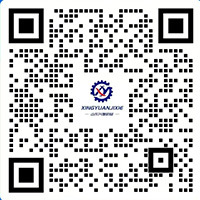Is the crane translating or rotating?
Release time:
2025-07-26
Rotation refers to the form of motion in which an object rotates around a fixed point or axis. Although the crane may perform rotational operations in some cases (such as adjusting the direction of the boom), the main action during lifting the cargo is vertical lifting rather than rotation.
When cranes lift cargo, they mainly manifest as translation. The specific analysis is as follows:
Definition of translation and the action of the crane
Translation refers to the form of motion in which the direction and distance between any two points inside the object remains unchanged during movement. When the crane lifts the cargo, the cargo moves upward as a whole, and its shape and direction have not changed, which is in line with the definition of translation.
Definition of rotation and action of crane
Rotation refers to the form of motion in which an object rotates around a fixed point or axis. Although the crane may perform rotational operations in some cases (such as adjusting the direction of the boom), the main action during lifting the cargo is vertical lifting rather than rotation.
Combination actions in practical applications
In actual operation, the crane may perform a combination of translation and rotation at the same time, such as moving the boom while rising. However, from a mathematical and physical perspective, the core action of lifting a cargo is still translation.
To sum up, cranes mainly show translation when lifting goods, but in some cases it may also involve rotational actions.
RELATED BLOG





